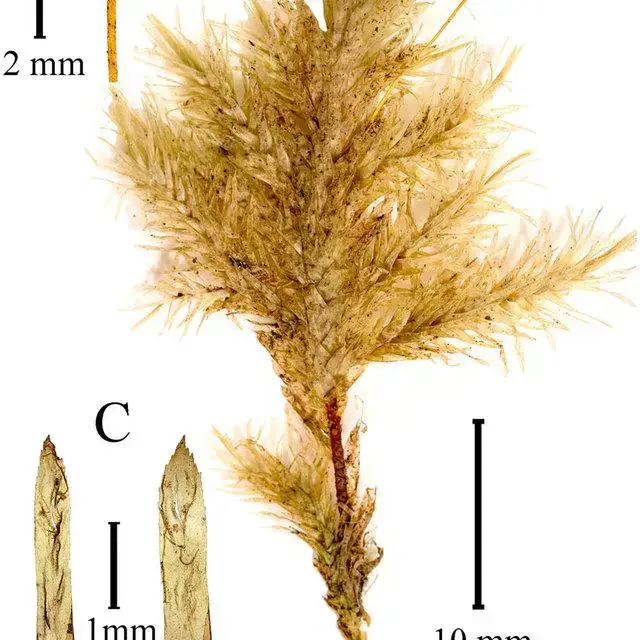
Plant-of-Taiwanobryum-undulatifolium-A-Closeup-of-the-capsule-B-Dried-plant-C_Q640.jpg from: https://www.researchgate.net/figure/Sporophytic-features-under-the-scanning-electron-microscope-A-Peristome-teeth-and_fig3_322527892
Exploring the Fascinating World of Taiwanobryum speciosum Nog. Moss
Introduction
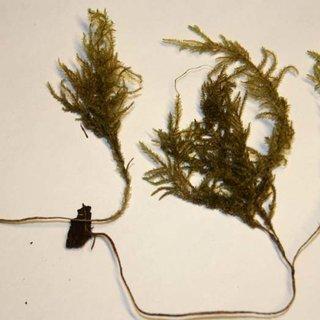
Taiwanobryum-yunnanense-from-G-S-Miehe-99-222-80-Scale-bar-3-cm_Q320.jpg from: https://www.researchgate.net/publication/353752612_Contributions_to_the_moss_families_Neckeraceae_and_Pterobryaceae_of_Bhutan
Mosses are often overlooked, but they play crucial roles in ecosystems around the world. One particularly interesting species is
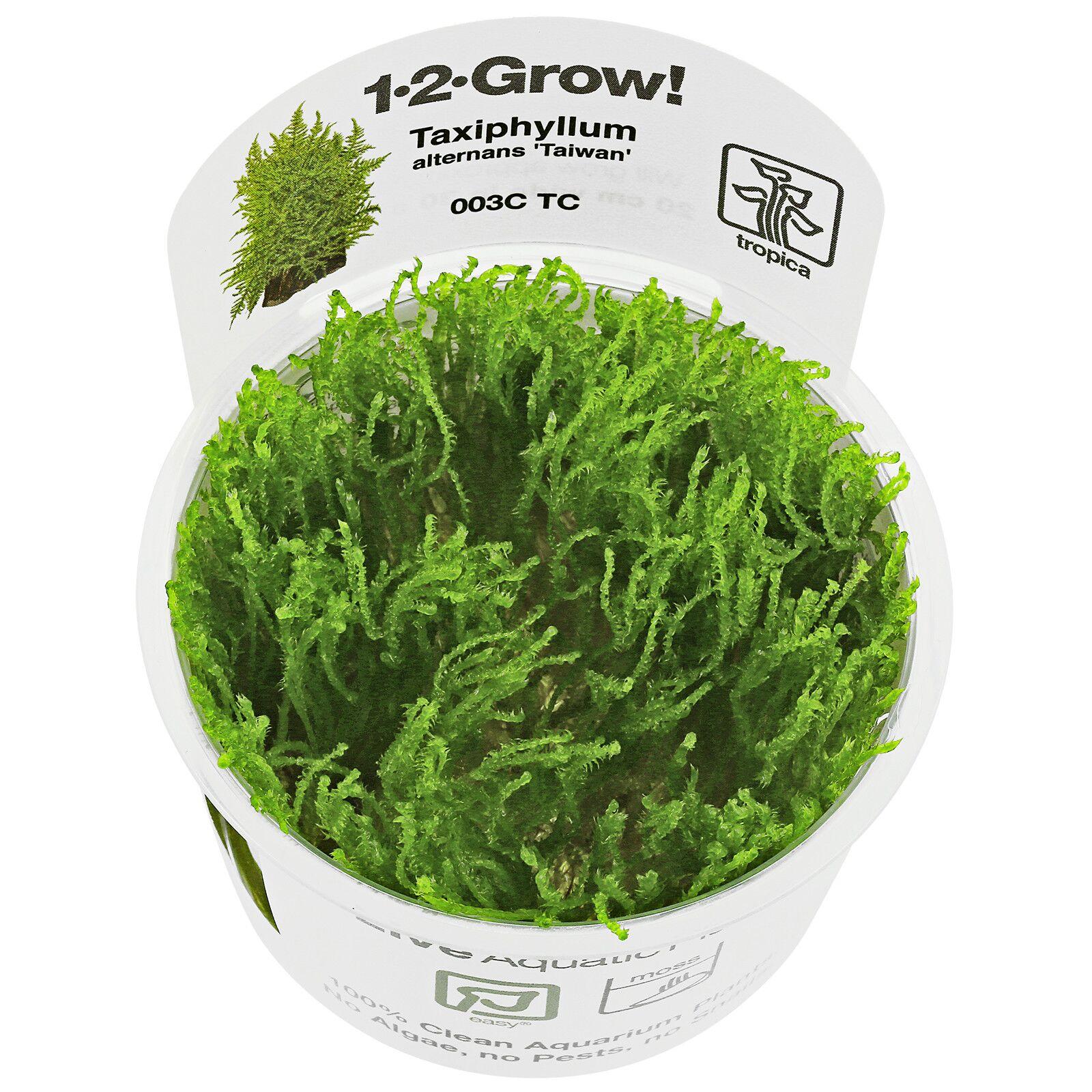
taxiphyllum-alternans-taiwan-moss-1-2-grow.jpg from: https://www.aquasabi.de/Taxiphyllum-alternans-Taiwan-Moss-1-2-GROW
Taiwanobryum speciosum Nog., a moss in the Neckeraceae family. Also known simply as Taiwanobryum, this moss has some unique characteristics worth exploring. In this blog post, we’ll dive into the details of Taiwanobryum speciosum Nog. and discover what makes it so special.
Background on Mosses
Before we get into the specifics of Taiwanobryum, let’s review some background on mosses in general. Mosses are non-vascular plants in the division Bryophyta. They lack true roots, stems, and leaves, instead having structures that serve similar functions. Mosses reproduce via spores rather than seeds and are found in a wide range of habitats, from arctic tundra to tropical rainforests.
Morphology and Identification
Taiwanobryum speciosum Nog. is a pleurocarpous moss, meaning its reproductive structures (sporophytes) grow laterally from the stem. The stems are creeping to ascending and irregularly branched. The leaves are ovate-lanceolate, often longitudinally undulate, and have a short double costa. The leaf margins are entire below and serrulate at the apex.

taiwan+moss.jpeg from: https://aquariumhias.blogspot.com/2013/04/tanaman-aquascape-moss.html
One of the most distinctive features of Taiwanobryum is the presence of filamentous brood bodies called
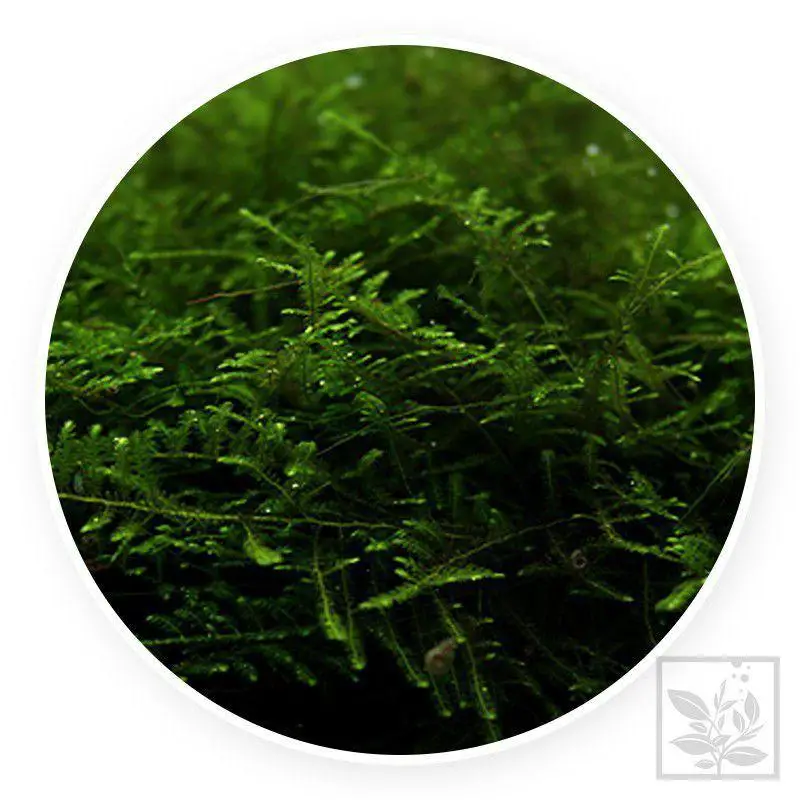
taiwan-moss-taxiphyllum-alternans.jpg from: https://www.plantagarden.pl/rosliny-akwariowe-mchy/881-taiwan-moss-taxiphyllum-alternans.html
gemmae on the leaf tips. These allow the moss to reproduce asexually. The sporophytes have short setae and erect, cylindrical capsules.
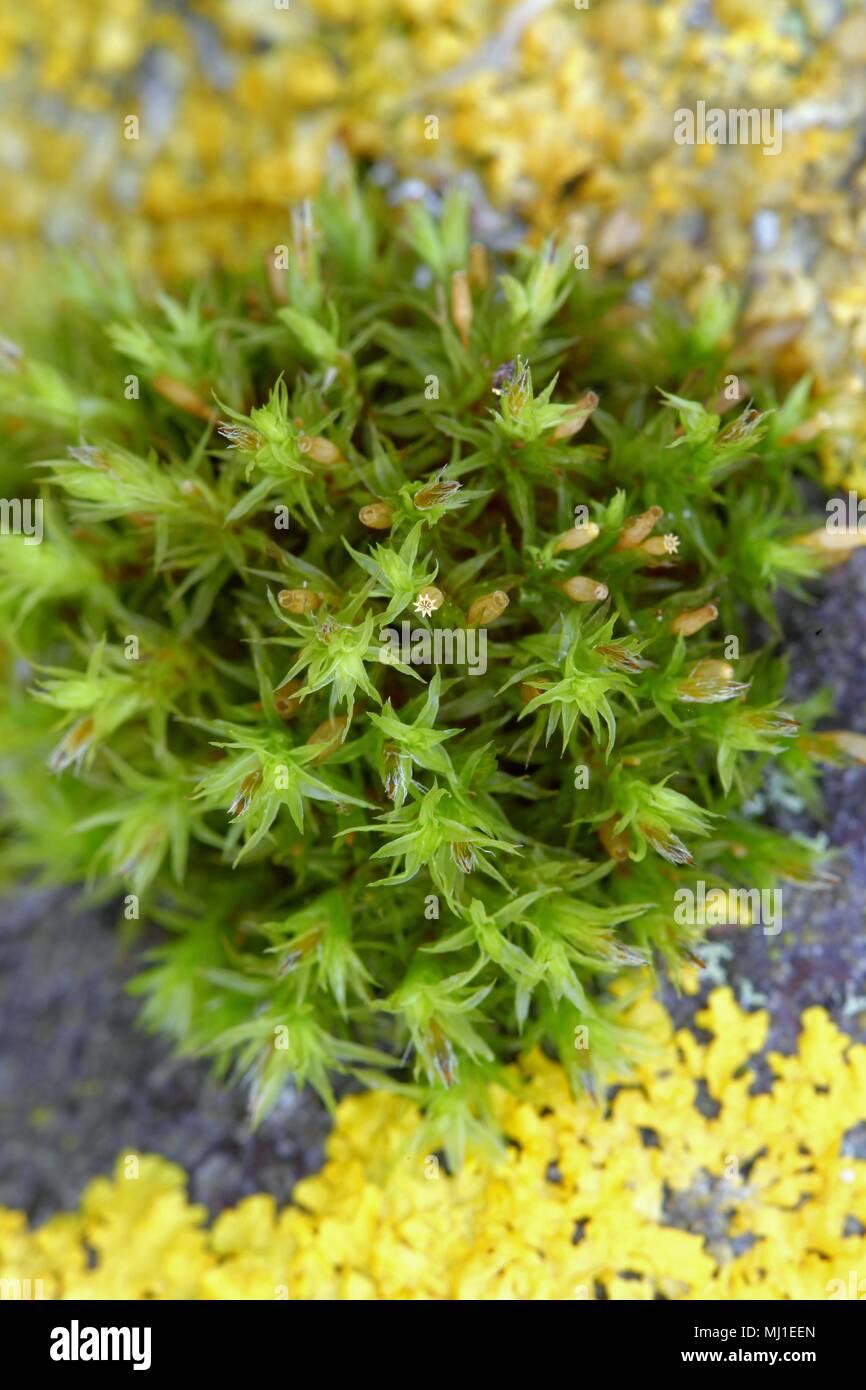
lanceolateleaf-rock-orthotrichum-speciosum-moss-mj1een.jpg from: https://www.alamyimages.fr/photos-images/orthotrichum-speciosum.html
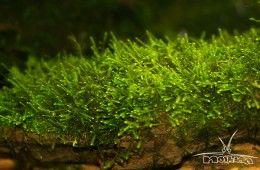
73af7e67b4668da827f6870d02b75de3.jpg from: https://www.pinterest.com/pin/818810775980516907/
Global Distribution and Habitat
Taiwanobryum speciosum Nog. is found in Asia, including Taiwan, Japan, China, and the Himalayas. It typically grows on tree trunks, logs, and rocks in moist, shaded forests at elevations from 500-2500 meters. The ability to grow epiphytically on trees and lithophytically on rocks allows Taiwanobryum to inhabit a variety of microhabitats.
Ecological Roles and Adaptations
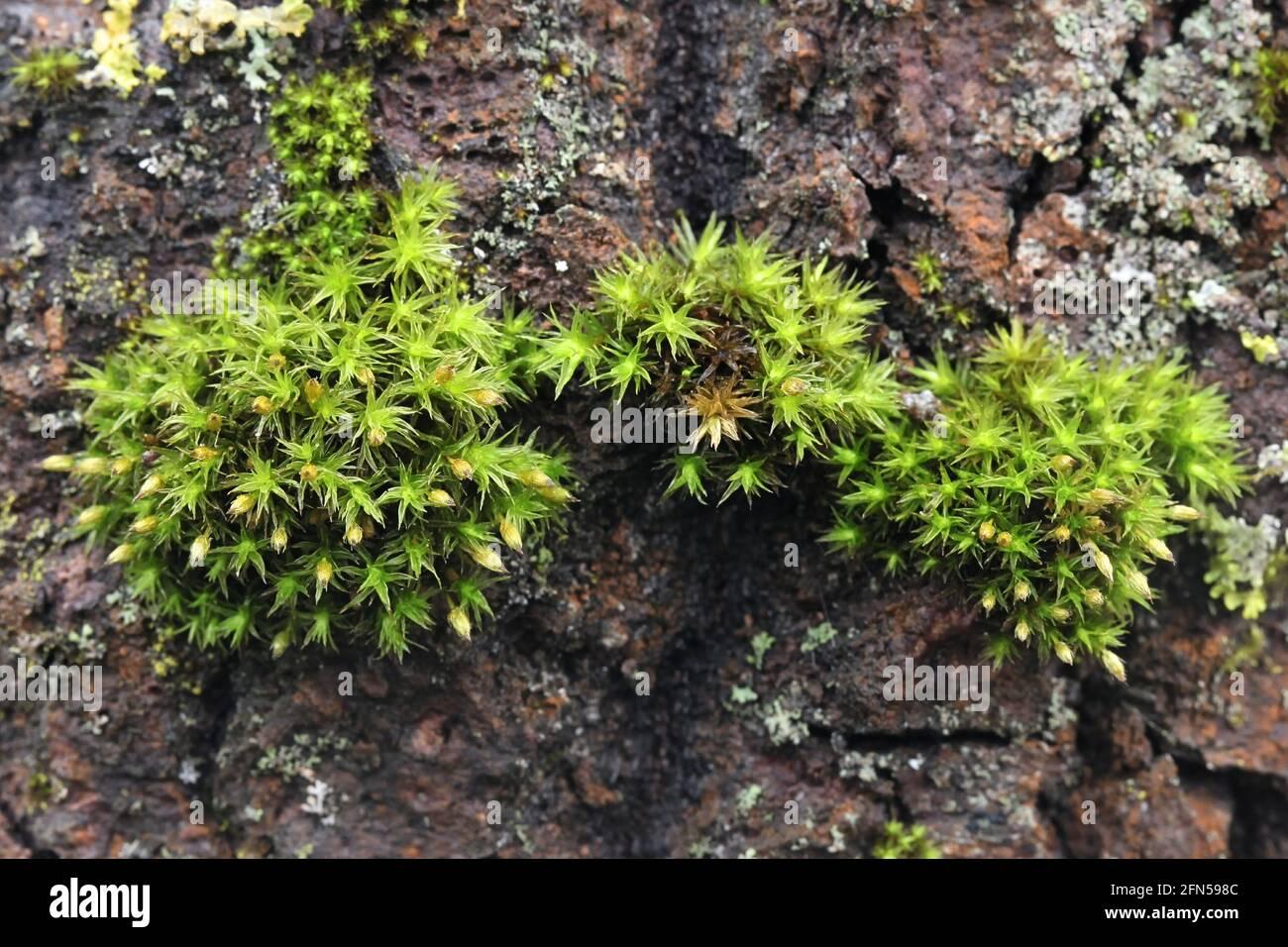
lewinskya-speciosa-also-called-orthotrichum-speciosum-a-bristle-moss-from-finland-with-no-common-english-name-2FN598C.jpg from: https://www.alamy.com/lewinskya-speciosa-also-called-orthotrichum-speciosum-a-bristle-moss-from-finland-with-no-common-english-name-image426073660.html
Like other mosses, Taiwanobryum plays important roles in its ecosystem:
- Nutrient cycling: Mosses trap and retain nutrients that can then be used by other organisms.
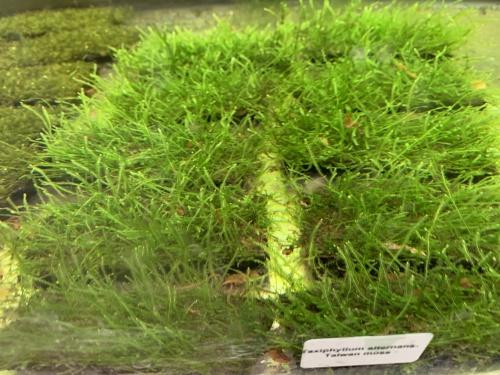
IMG_0872(1).JPG from: https://www.aquarium-planten.com/shop/5/mossen/94/taiwan-mosstaxiphyllum-alternans-10×5-cm/2654
- Moisture retention: The dense mats formed by mosses help retain moisture and prevent erosion.
- Providing habitat: Many small invertebrates live among moss cushions.
Taiwanobryum has several adaptations that allow it to thrive:
- Poikilohydry: Mosses can tolerate desiccation and rehydrate when water is available again.
- Asexual reproduction: The gemmae allow Taiwanobryum to disperse and establish new colonies.
- Shade tolerance: Taiwanobryum can photosynthesize in low light conditions under the forest canopy.
Conclusion
Taiwanobryum speciosum Nog. may be small, but it is a fascinating and ecologically important moss. From its distinct morphology to its adaptations for survival, Taiwanobryum illustrates the incredible diversity of the bryophytes. Next time you’re in the Asian forests where it dwells, take a moment to appreciate this amazing little moss. What other secrets of the bryophyte world remain to be uncovered?
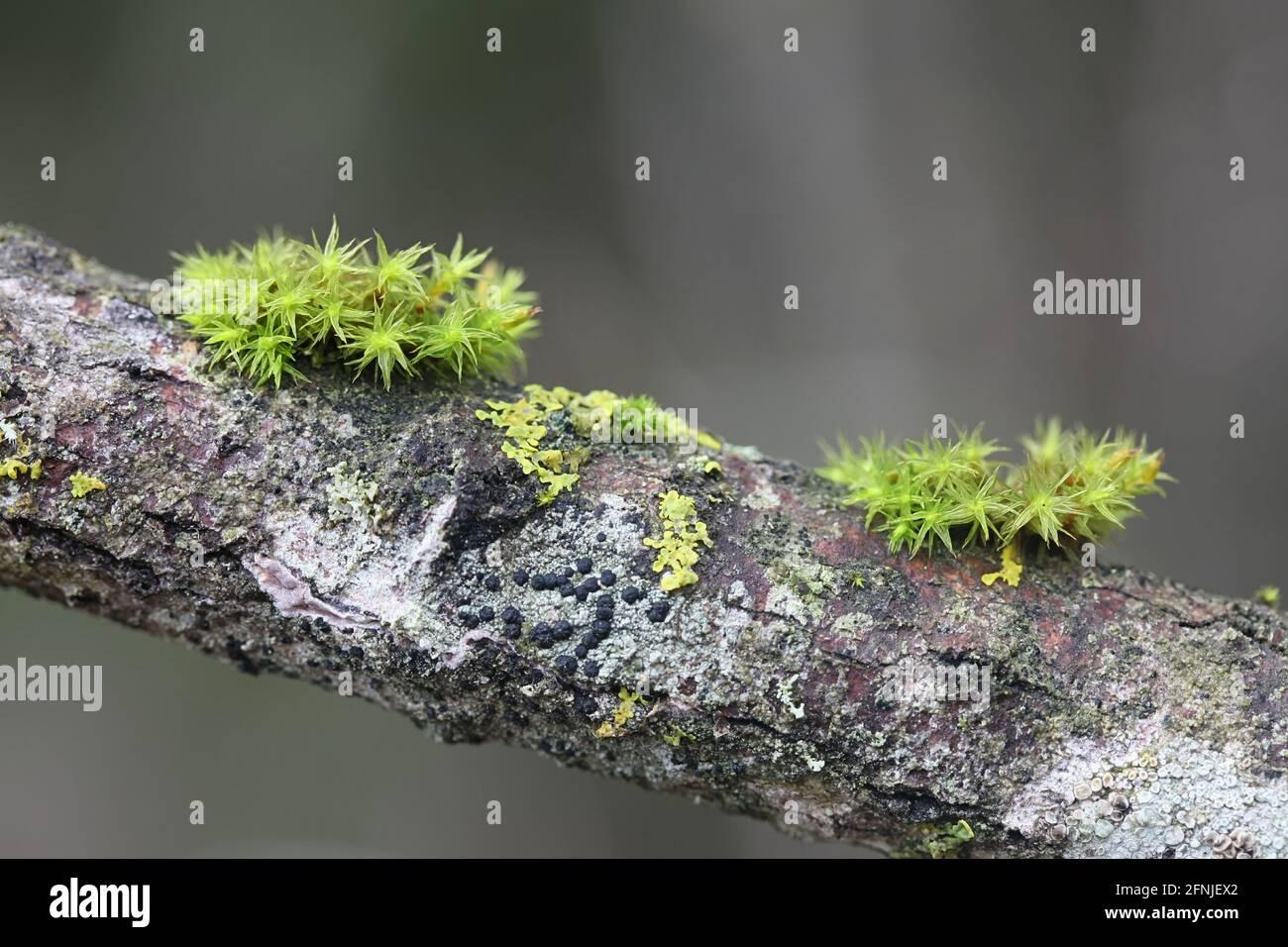
lewinskya-speciosa-also-called-orthotrichum-speciosum-a-bristle-moss-from-finland-with-no-common-english-name-2FNJEX2.jpg from: https://www.alamy.com/lewinskya-speciosa-also-called-orthotrichum-speciosum-a-bristle-moss-from-finland-with-no-common-english-name-image426363450.html